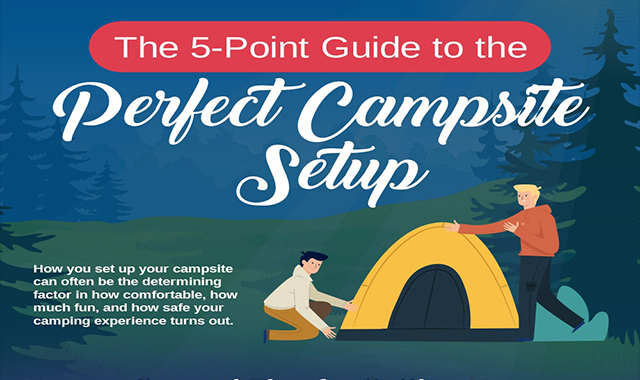Innovative Guide To Selling Camping Tents And Conduct An Online Camping Tents Operation
Innovative Guide To Selling Camping Tents And Conduct An Online Camping Tents Operation
Blog Article
Does Your Backpacking Tent Need a Footprint?
A footprint is costly and adds additional weight to your knapsack. It likewise isn't specifically sturdy.
How do you hold a tent down?
Inevitably, whether an outdoor tents impact is essential depends on where and how frequently you're camping. Generally, it's a great idea to use one if you camp on abrasive surfaces or in wet problems.
Outdoors Tents with Lower Deniers and Waterproof Ratings
Outdoors tents with reduced deniers and water-proof rankings often tend to be lighter, however they can likewise be much more delicate. They may need more regular repair work and have less interior space than harder versions. If you're an informal backpacker that suches as to travel quick and light, this might be fine; however, more experienced hikers recognize that giving up longevity can feature large consequences down the trail.
The denier and waterproof ranking of an outdoor tents's canopy, rainfly, and flooring can aid you identify its livability. Try to find higher-denier materials on the canopy and rainfly, along with taped joints that assist avoid water from seeping through stitches. Some suppliers also utilize heat and sealant throughout building to produce a stronger joint; these are called bonded seams.
The livability of a tent can also be established by its flooring dimensions and capacity. An outdoor tents's flooring must be slightly smaller than the impact to avoid water from pooling under the shelter.
Outdoors Tents in Rough Terrain
Many backpacking tents consist of an impact made particularly for their model, which helps make certain an appropriate fit and safeguards the tent's base from dampness and sharp items. Other suppliers offer universal footprints that can be reduced or folded to match a tent's measurements.
The kind of terrain you'll run into is one more essential factor to consider for picking a camping tent. For instance, if you'll be camping in a canyon or gully, try to find a shelter that can handle solid winds. These conditions develop turbulence that can make the difference in between enjoying your camping site or suffering pain.
The capability and peak elevation of a tent offer you a great idea of its livability, yet extra factors to take into consideration include vestibules (the area of the rainfly covering the doors) and general storage space. For instance, during our wintertime testing of the Marmot Tungsten, its charitable 93-by-82-inch floor conveniently dealt with 4 sweaty backpackers and their puffier shoulder period sleeping bags while still leaving ample space for gear and individuals.
Tents in Damp Conditions
Even if your outdoor tents appears completely dry, wetness prowls in the nooks and crannies. Over time, it can break down the fabric. That's why it's so vital to make use of rest days to deep-clean your outdoor tents and its components, such as zipper cellular linings, stake loopholes and flexible webbing straps.
Additionally, see to it to pitch your camping tent in a level area, not a divot or concave place, so that ground water does not gather in between the tent flooring and impact or tarp. And if you're making use of a footprint, take into consideration a custom-cut one designed for your camping tent's layout. It won't accumulate rainwater the method a generic ground cloth or tarp wall tents can.
Technique setting up and removing your tent in your home prior to you hit the road, to obtain a feel for how swiftly and successfully you can do it. Likewise, technique staking out your outdoor tents in different surfaces to see just how easy it is (or isn't) to do in bad climate condition.
Tents in High-Rise Situations
Camping tents vary in flooring size and livability. For instance, a huge camping tent with twin doors and vestibules like Marmot's Tungsten can handle 4 backpackers without calling for gymnastics to enter and out or to save gear.
The minimal route weight spec is the most effective spec to compare versions, as it consists of the bare essentials: camping tent body, rainfly and posts. But remember that the spec omits tent stakes, person lines and things sacks.
Many backpacking camping tents can hold up to a light summertime storm, however some can be swept away by gale-force gusts. Try to find a model with strong poles, an increased bathtub-style flooring and joint taping to decrease the possibility of water permeating via. Costlier layouts also have a tendency to feature more powerful products that can resist the impact of particles and various other pressures.
What is hot tenting?
